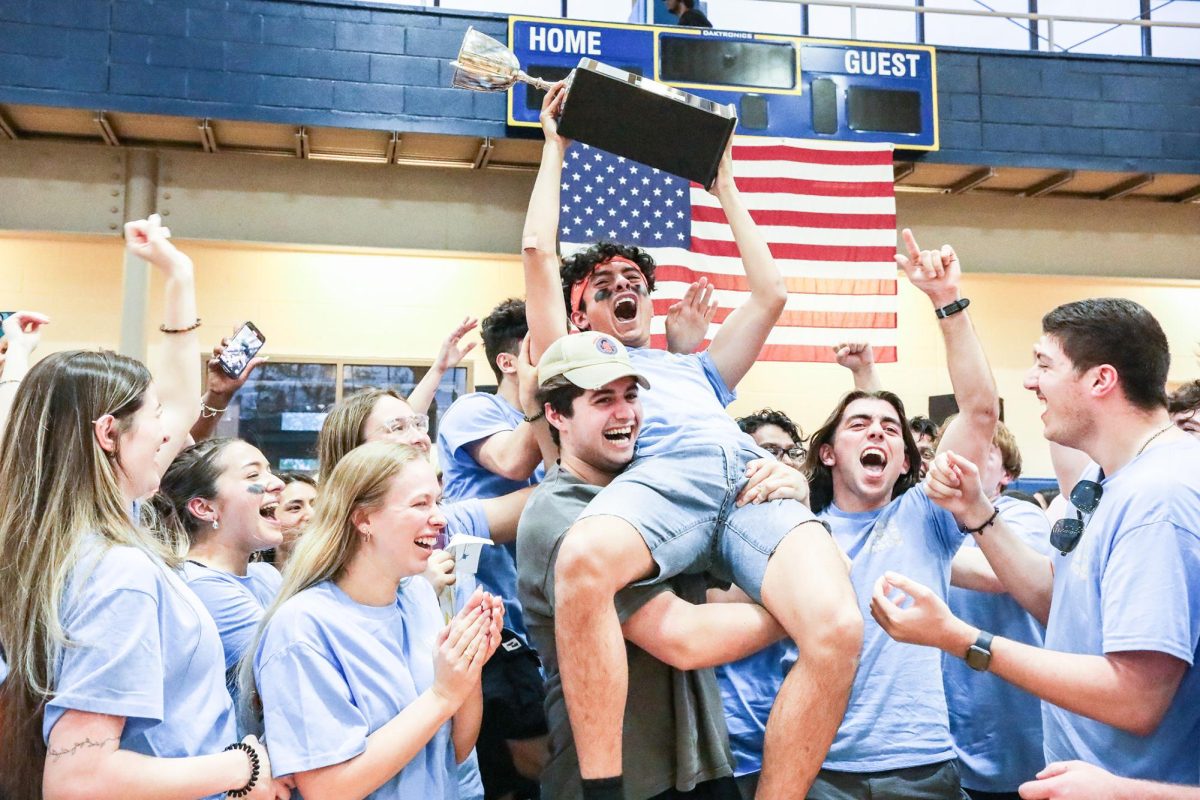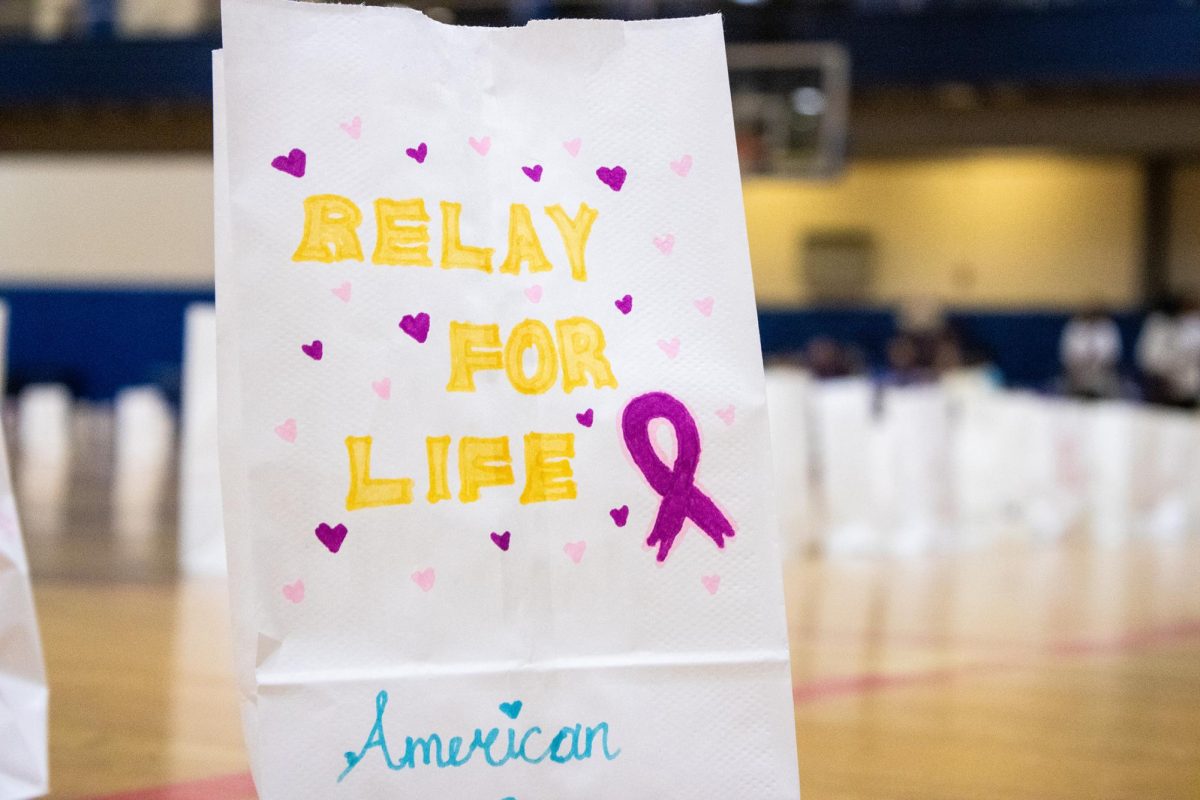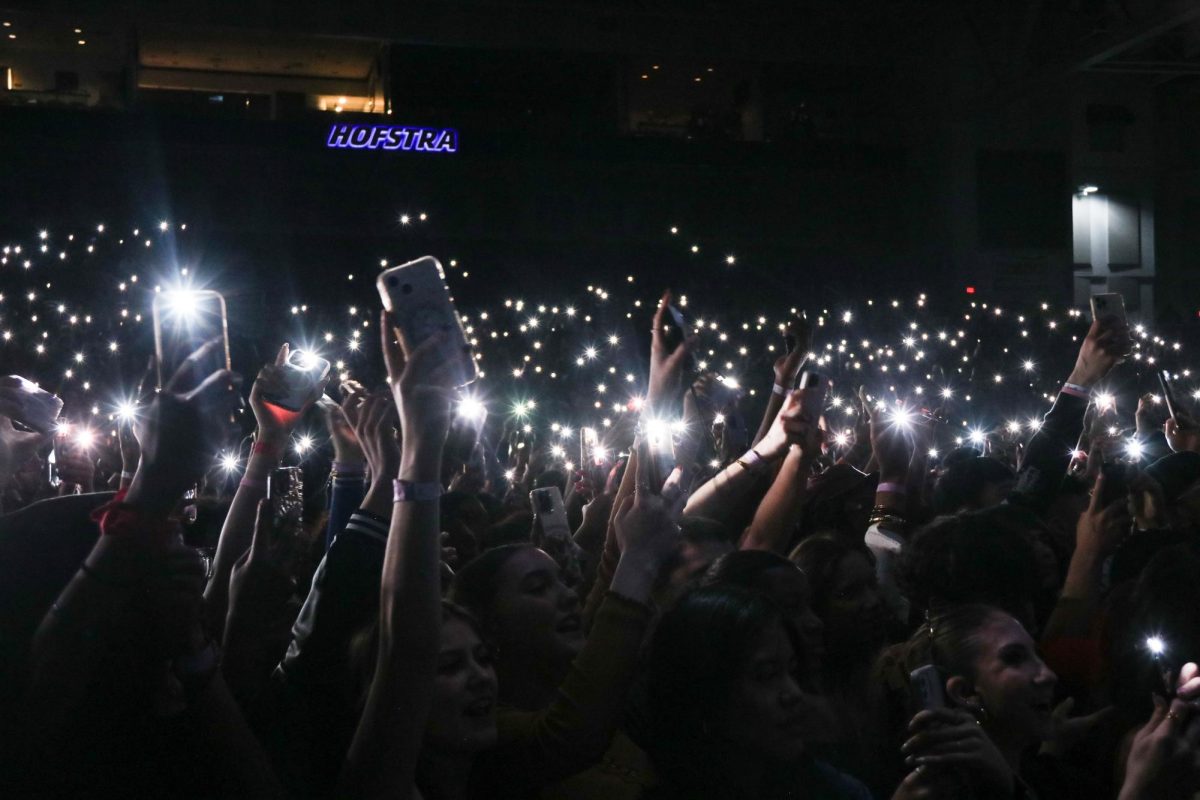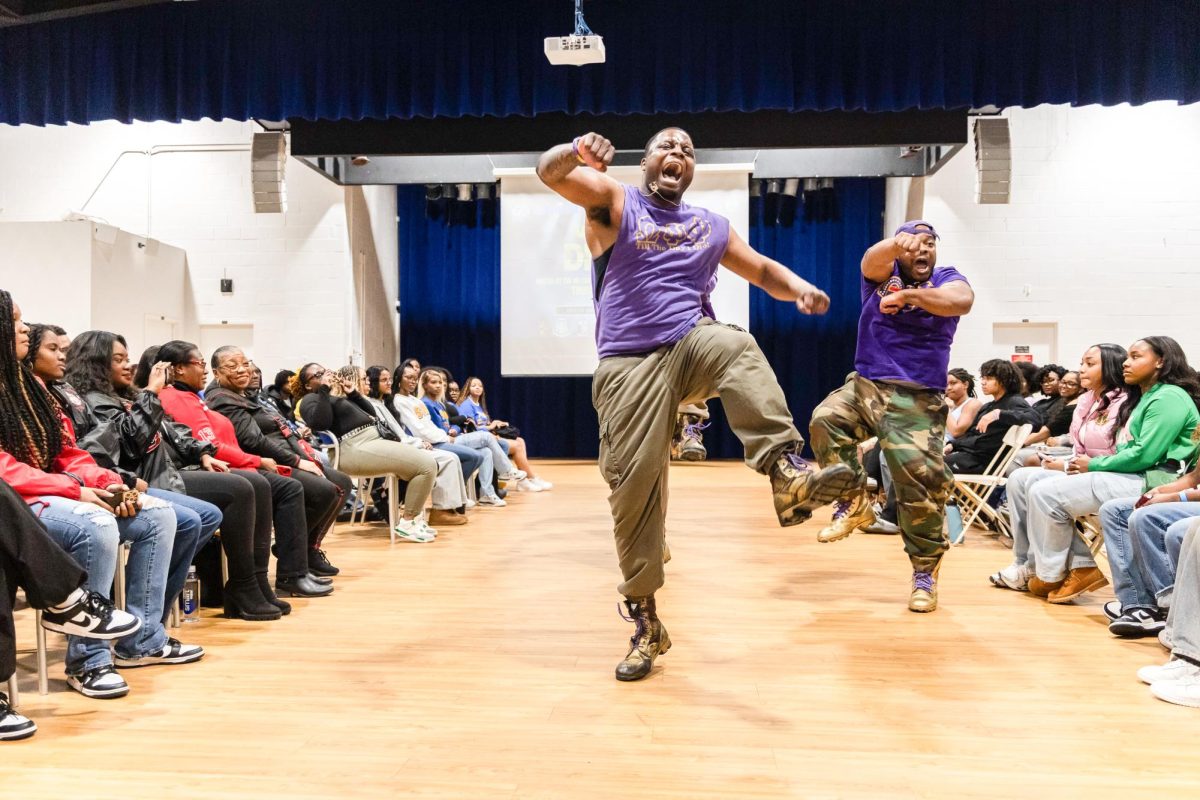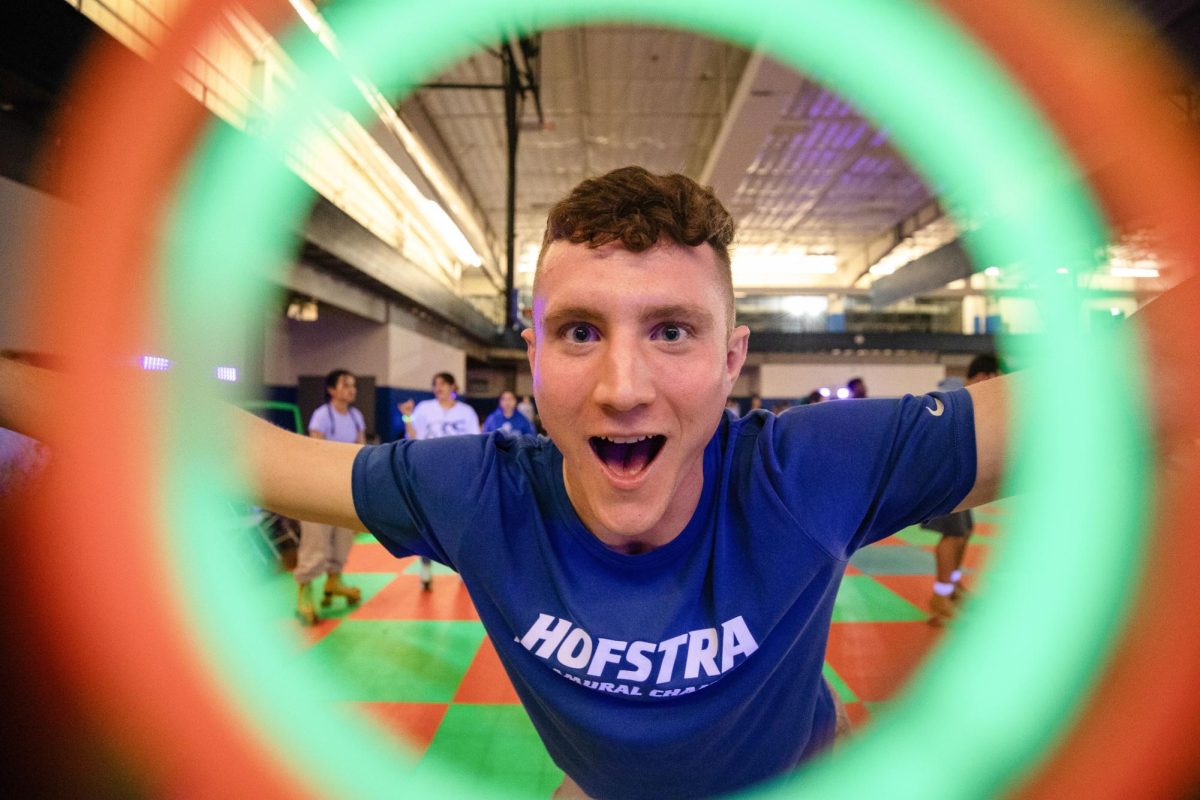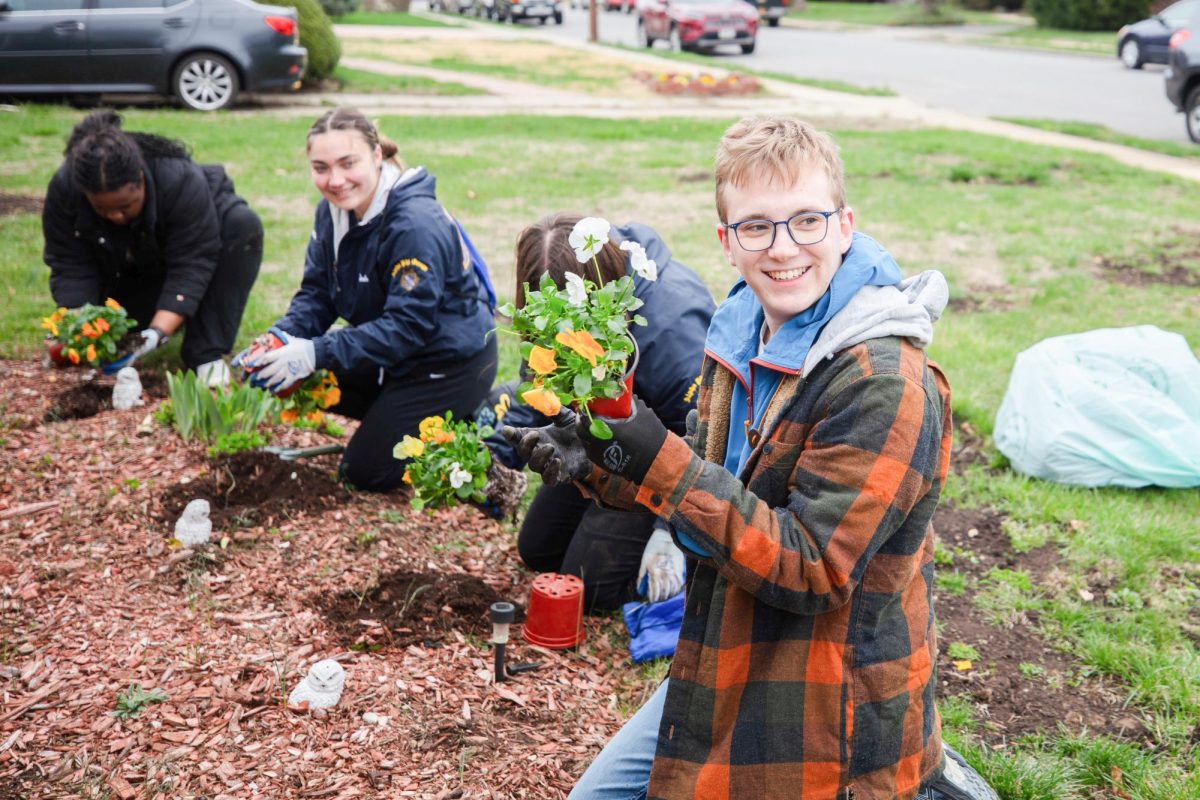By Amanda Valentovic
Staff Writer
While “Dancing with the Stars” is kicking off its 19th season, ballroom dance will be tangoing to Hofstra. On Mondays and Thursdays starting this semester, students are welcome to join the new ballroom dance club where they will be able to learn how to waltz, foxtrot, jive and cha-cha. They will also have a chance to compete against other schools on the east coast.
“I wanted to try something new, so I took the class and then I wanted to develop my skills more,” said President Ria Dela Rosa. The sophomore linguistics major took a ballroom class last semester along with fellow founding members senior Ashley Armstrong, juniors Alyssa O’Brien and Desmond Jackson and sophomore Daniela Locurto. “Also, Hofstra didn’t have a ballroom club, so we figured it was time to start one,” said Dela Rosa.
Meetings will be twice a week and members have the option to compete if they want to. “One [option] is for those who want to compete in ballroom and want to see the competitive side,” Dela Rosa said. “And the other is going to be for the people who haven’t done it before, to learn the tricks of the trade. They don’t have to compete; it’s more of a social aspect to have fun with it.”
The club hopes to put on events where members and anyone who wants can take a lesson and learn how to do a specific dance, like the swing or rumba. After the workshop, music will be turned on for people to show off the moves they just learned. There will also be food and drinks. “That’s where the social comes in,” said Dela Rosa, “Also, [it’s] just to introduce people to what the club does and what we can offer to them.”
Alex Rothstein, a professor of ballroom dance and weight training will serve as the club’s coach and instructor. He started dancing in 2010 as a student at Stony Brook University and he has served as a teaching assistant in last semester’s class, taught by Dr. Sharon Phillips.
“I was tricked into it,” Rothstein said, “A friend of mine said I promised I would take her. I agreed and when I found out I actually didn’t I was already hooked.”
Rothstein believes that anyone can benefit from learning ballroom dance. “It’s the best life skill I developed over my college career,” he said, “I’m comfortable at social events and it’s broadened my horizons.”
For those interested in competing, the club hopes to participate in two competitions this semester. Dancers compete against people of all levels and ages, as well as students from schools up and down the East Coast, including our Long Island neighbor Stony Brook, NYU, Columbia, Yale and Harvard, among others. Competitors dance in pairs with a number on their back for the judges to keep track of, and there are around a dozen to two dozen pairs on the floor at a time. Competitors get about a minute and a half to show off what they can do.
“It doesn’t seem like a lot of time, but in reality you might be doing one dance and then five minutes later you might be doing another dance… it gets tiresome after a while,” said Dela Rosa.
Different levels include gold, silver, bronze and champion. “You build a bond dancing together and just spending the day together,” Rothstein said, “It’s the most tiring, mind numbing day, where we have the most fun and make great memories.”
In the future, the members of the ballroom club hope it will grow in popularity. “I hope it’ll turn into a really big thing, because I feel like there’s always someone who wants to learn how to waltz or learn how to tango, and I hope it’ll have a lot of members over the next few years,” Dela Rosa said.
They hope to build onto the performing community at Hofstra as well. “Because Hofstra is so well-known for performing arts in general like dance and theater, I think it’ll be popular with people doing that because they can incorporate it with what they’re doing. It’ll spark a lot of interest among performers, I hope.”
Rothstein agreed and said he would even like to expand outside of the school community. “I hope it becomes part of the culture in general,” he said, “People can start teaching at home in their own communities. One of my favorite things to hear is that they taught parents or significant others, and now they have something new they can do at a sweet 16 or a wedding.”


